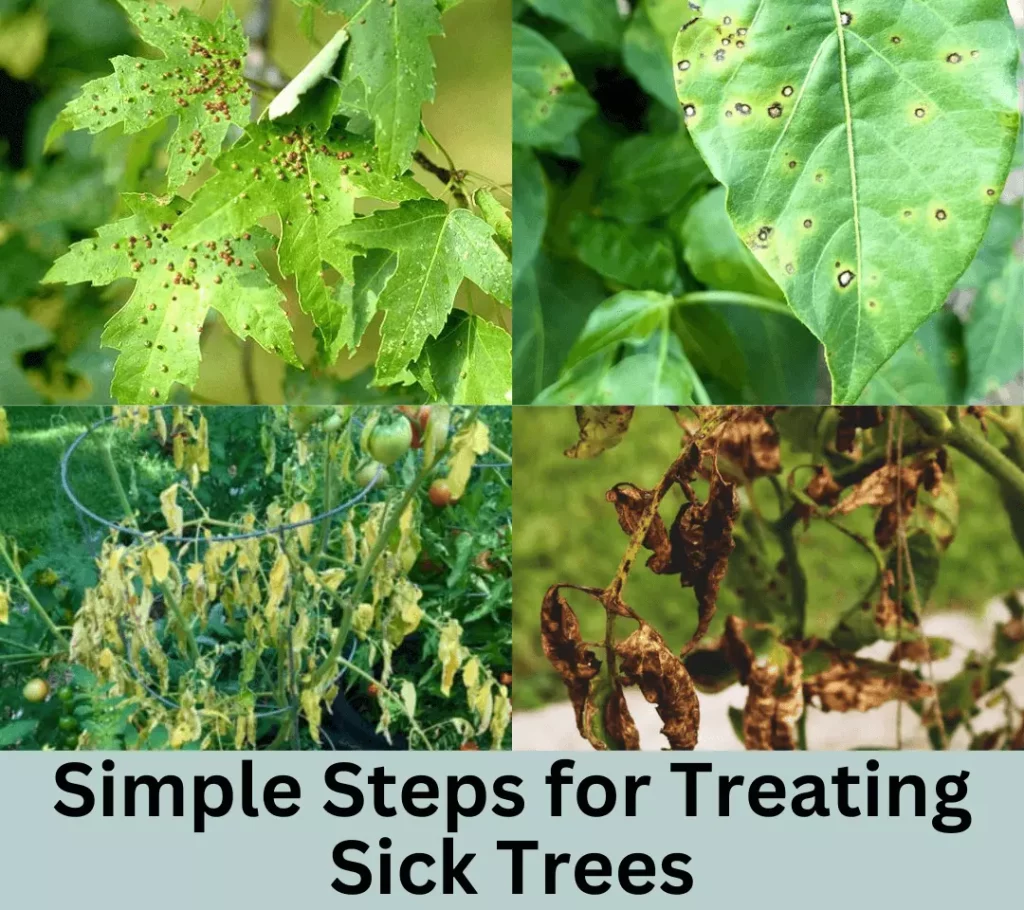Are you worried about the health of your trees?
Do you see discolored leaves, spots, or wilting branches? If so, it’s time to take action. Sick trees can quickly become problematic if not cared for properly, making them diseased or infested with pests.

In this article, we’ll provide tips on identifying if your tree is sick and what steps you should take to help get it back in shape.
The Importance of Properly Tending to Your Sick Trees
Do you have a sick tree on your property?
It’s essential to act fast and treat it as soon as possible – don’t wait until the disease or pest infestation gets out of control! A tree doctor Salt Lake City can help diagnose the problem and provide the right solution. Taking the necessary steps to treat a sick tree will ensure that it grows back healthy and strong.
So be sure to take care of your trees and consult a professional.
The Basics of Treating Sick Trees
Do you want to ensure the longevity of your outdoor trees?
Taking care of your trees keeps them healthy and can help protect your home from potential damage. Knowing how to care for your trees properly is the first step in keeping them strong and beautiful.
In this blog post, we’ll provide some simple steps for treating sick trees so that you can restore them to their original glory.
How to Identify if a Tree is Sick
Are you worried that one of your trees might be sick?
Don’t worry – it’s easier than you think to tell! Look for blatant signs such as dead or brown branches, wilting leaves, or discolored bark. Other indicators could include mushrooms growing around the tree’s base and abnormally slow growth. If you’re unsure, you can always invest in a physical inspection by an arborist.
That way, you can get a professional opinion and take the proper steps toward keeping your tree healthy.
How to Diagnose the Problem
Diagnosing the problem can be tricky, so looking for signs indicating a more profound issue is essential.
Check the bark of your tree for any discolorations, cracks, or lesions, which can tell you whether pests, diseases, or environmental conditions are present. Look at the leaves, too; examine their shape and size, check for yellowing or browning, and see if there are any peculiar spots. Additionally, inspect the roots—if they’re missing or exposed, your tree is stressed and more likely to be sick.
If you’re unsure what’s wrong with your tree, consulting an arborist is your best bet.
How to Apply Natural Treatments
If you have a sick tree, it’s time to act!
The right natural treatments can make all the difference in reviving your tree and returning it to its healthy state. Start by mulching around the tree’s base with organic materials like wood chips or bark. Prune away any dead or diseased branches and apply fertilizer as needed.
When done correctly, these treatments can give your tree essential nutrients and help fight disease-causing pests and fungi.
Conclusion
Taking care of your trees is essential to keeping your home and yard healthy.
Taking the time to diagnose the problem and apply natural treatments properly will ensure your trees are back on the road to recovery. If you’re unsure how to treat a sick tree, don’t hesitate to contact your trusted landscaping professional or local arborist.
Proper care and attention can help bring your trees back to vibrant health!



